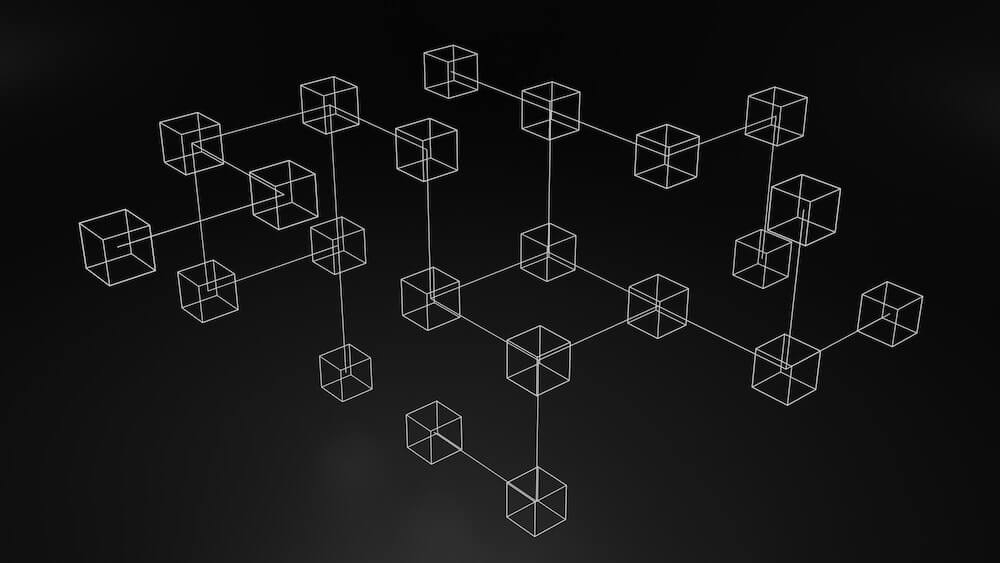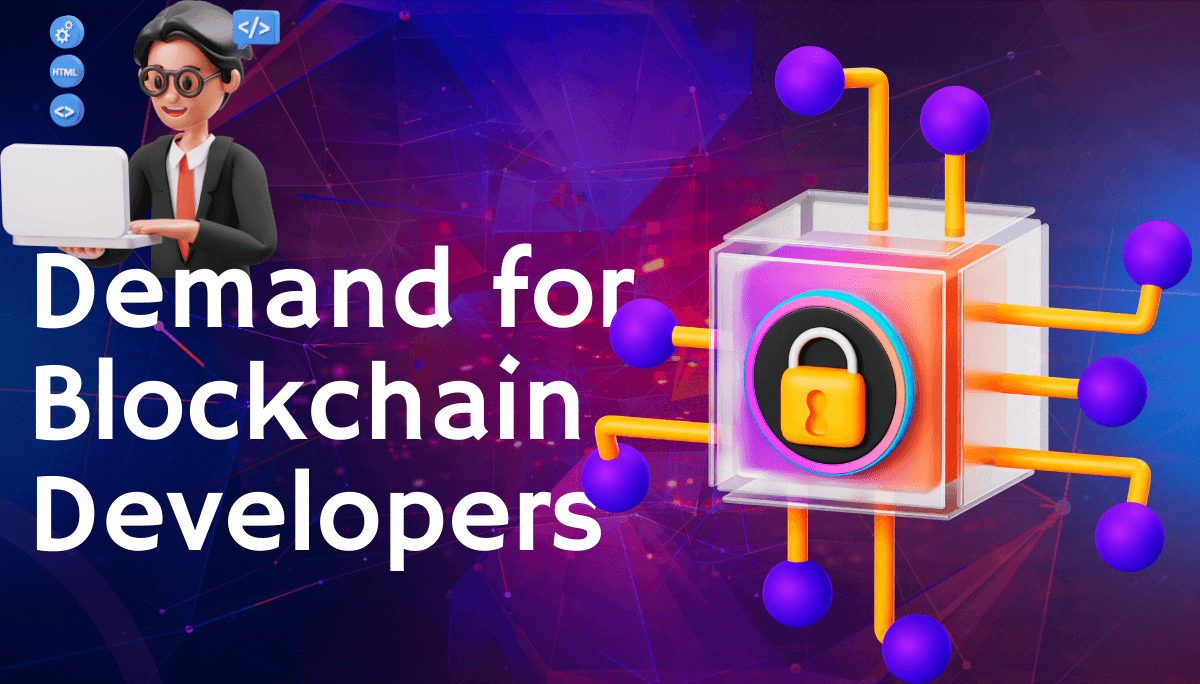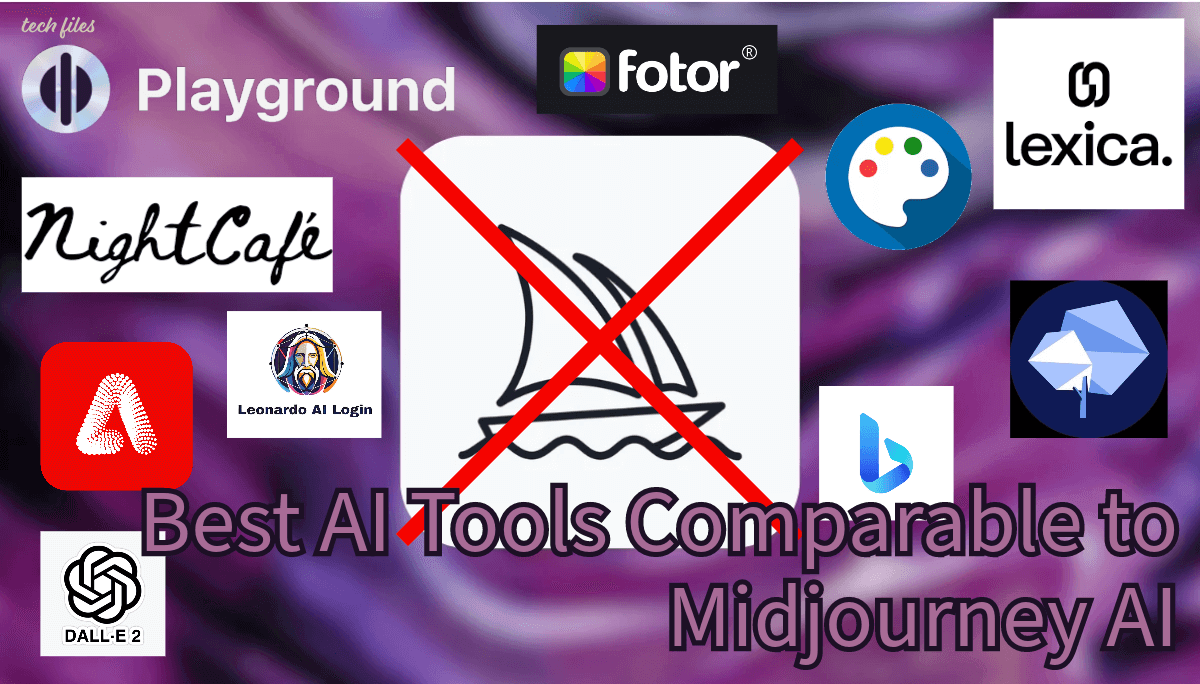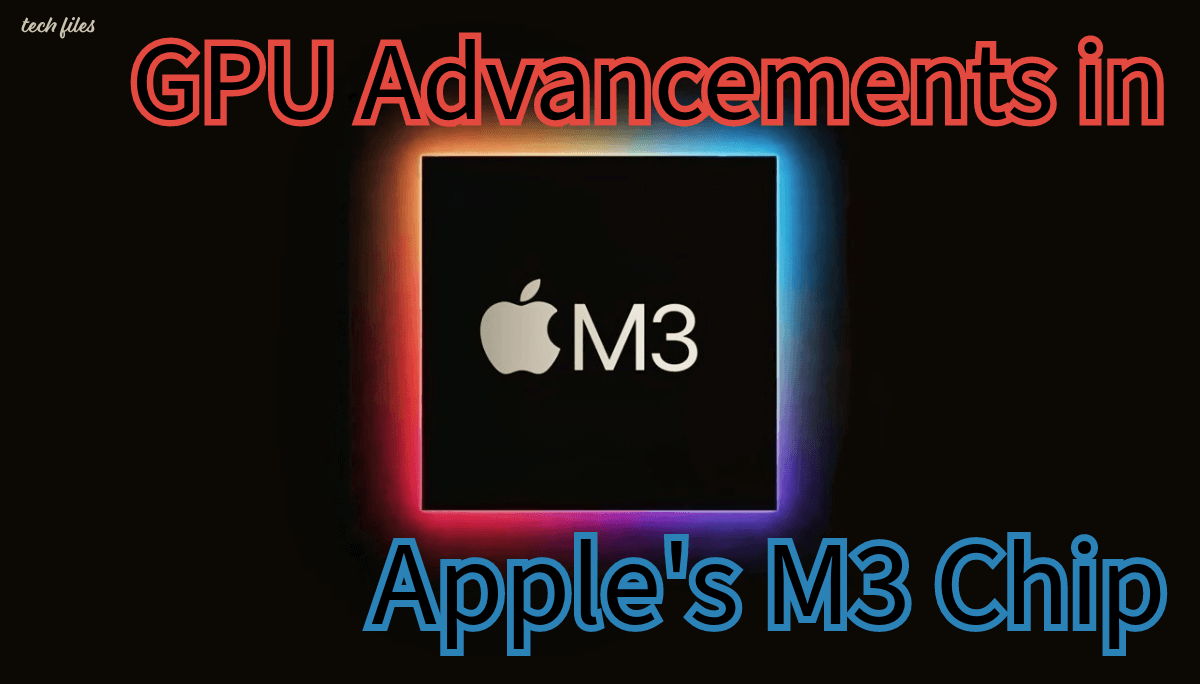Blockchain For Dummies: A Comprehensive Guide

Welcome to the world of blockchain! In this comprehensive guide, we will explore what blockchain is, how it works, its benefits, applications, challenges, and the future it holds. Whether you’re a beginner or already have some knowledge about blockchain, this article aims to provide you with a clear understanding of this revolutionary technology.
What is Blockchain?
At its core, blockchain is a decentralized digital ledger that records and verifies transactions. It consists of a chain of blocks, where each block contains a set of transactions. These blocks are linked together in chronological order, forming an immutable and transparent ledger.
Initially introduced as the underlying technology behind Bitcoin, blockchain has since expanded its applications beyond cryptocurrencies. It has the potential to revolutionize various industries, including finance, supply chain management, healthcare, and more. By enabling secure and efficient transactions, eliminating intermediaries, and providing increased transparency and accountability, blockchain technology is gaining attention and becoming increasingly adopted worldwide.
How Does Blockchain Work?
Blockchain operates on a decentralized network, functioning as a chain of blocks containing transaction data. Each block is linked to the previous one through a unique cryptographic hash, ensuring immutability and resistance to tampering. Additionally, blockchain employs consensus mechanisms, such as proof-of-work or proof-of-stake, to ensure the accuracy and validity of transactions within the network.
To understand how blockchain works, let’s consider a simplified example. Suppose we have three participants in a blockchain network: Alice, Bob, and Charlie. When Alice initiates a transaction, it is broadcasted to all the network nodes. These nodes validate and verify the transaction, ensuring Alice has sufficient funds and hasn’t already spent them elsewhere. Once verified, the transaction is grouped with others and placed into a new block. Miners, who compete to solve complex mathematical problems, add this new block to the blockchain. The first miner to solve the problem adds the block, and other nodes verify the solution. This process ensures agreement on the validity of the new block, making blockchain a secure and reliable technology.
Benefits of Blockchain Technology
Blockchain technology offers several key benefits that make it attractive for various industries:
1. Increased Security
One of the primary advantages of blockchain is enhanced security. Traditional systems often rely on centralized authorities, making them vulnerable to hacks and fraud. In contrast, blockchain stores data on a decentralized network of computers called nodes. Each transaction is verified through consensus mechanisms, ensuring data integrity and making it difficult for hackers to manipulate the system. Moreover, encryption and digital signatures add an extra layer of security, making blockchain suitable for industries dealing with sensitive information, such as finance, healthcare, and supply chain management.
2. Efficiency and Cost Reduction
Blockchain has the potential to streamline processes and reduce costs. By eliminating intermediaries and automating trust through smart contracts, blockchain eliminates the need for manual verification and paperwork, saving time and money. For example, in the supply chain industry, blockchain enables transparent and traceable transactions, reducing paperwork and customs delays. In finance, blockchain-based systems can facilitate faster cross-border remittances, eliminating multiple intermediary banks and reducing transaction fees. Overall, the efficiency and cost reduction offered by blockchain technology have the potential to revolutionize various industries and drive economic growth.
3. Increased Transparency and Accountability
Blockchain provides increased transparency and accountability by creating a public and immutable ledger. Every transaction recorded on the blockchain can be viewed by anyone on the network, ensuring transparency. However, the identities of the users involved in the transactions are encrypted for security purposes. This transparency and accountability are particularly valuable in industries such as supply chain management, where traceability and authenticity are essential.
Applications of Blockchain
Blockchain technology has a wide range of applications across various industries. Let’s explore some of the most promising ones:
1. Supply Chain Management
Blockchain can revolutionize supply chain management by providing a secure and transparent way to track and trace products and their movement. By recording every transaction and transfer of ownership on a distributed ledger, blockchain ensures that every step in the supply chain can be verified and audited. This technology has the potential to revolutionize industries such as retail, manufacturing, and food production, where transparency and accountability are crucial.
2. Identity Verification
Identity verification is another important application of blockchain technology. Traditional systems for identity verification suffer from issues such as data breaches and identity theft. Blockchain can offer a more secure and reliable method for individuals to prove their identity. By storing personal information on a decentralized network, individuals can have control over their own data while providing the necessary proof of identity to access services such as banking, healthcare, and government programs. This application of blockchain has the potential to enhance privacy and security for individuals in an increasingly digital world.
3. Financial Services
Blockchain has the potential to revolutionize traditional banking systems by offering faster, more secure, and cost-effective transactions. It can enable seamless cross-border payments, eliminate intermediaries, and increase financial inclusion, especially for the unbanked population. Moreover, the integration of blockchain with smart contracts can automate and streamline complex financial processes, such as loan approvals and insurance claims, leading to greater efficiency and reduced operational costs.
4. Healthcare
In the healthcare industry, blockchain technology can improve data security, interoperability, and patient privacy. By storing medical records and other sensitive information on a decentralized network, blockchain ensures data integrity and prevents unauthorized access. Additionally, blockchain can facilitate the secure sharing of medical data between healthcare providers, enhancing collaboration and improving patient care.
5. Voting Systems
Blockchain has the potential to revolutionize voting systems by providing a secure and transparent platform for elections. By recording votes on a tamper-proof blockchain, the integrity of the voting process can be ensured. Blockchain can also enable instant vote tallying and reduce the risk of fraud or manipulation, leading to more trustworthy and democratic elections.
Blockchain and Cryptocurrency
Blockchain technology and cryptocurrencies are closely intertwined. While blockchain is the underlying technology that powers cryptocurrencies like Bitcoin and Ethereum, cryptocurrencies utilize blockchain technology for secure transactions and record-keeping.
One of the key advantages of using blockchain for cryptocurrencies is transparency. Since every transaction is recorded on a public ledger, anyone can verify the authenticity and integrity of the transactions. This transparency helps eliminate fraud and provides a level of trust crucial for the widespread adoption of cryptocurrencies. Additionally, the use of blockchain technology enables fast and secure transactions, making it an ideal platform for digital currency transactions.
As blockchain and cryptocurrencies continue to gain prominence in the financial landscape, it is evident that this technology has the potential to revolutionize the way we conduct financial transactions.

Types of Blockchains
There are primarily two types of blockchains: public and private.
1. Public Blockchains
Public blockchains are decentralized and open to anyone who wants to participate. They are maintained by a network of nodes that work together to validate transactions and create new blocks. The most well-known public blockchain is Bitcoin, which allows anyone to join the network and mine for new bitcoins.
2. Private Blockchains
Private blockchains, on the other hand, are restricted and require permission to participate. They are often used by companies and organizations that want to maintain control over their blockchain network. Private blockchains are more suitable for applications where trust is already established among the participants. These types of blockchains can be faster and more efficient, as they don’t require the same level of computational power to reach consensus.
3. Consortium Blockchains
Consortium blockchains are a hybrid of public and private blockchains. They are managed by a group of organizations rather than a single entity. The consensus mechanism is controlled by a predefined set of nodes, making it more efficient than public blockchains. Consortium blockchains are often used in industries where multiple parties need to work together, such as banking or supply chain management.
Understanding Blockchain Nodes
Blockchain nodes are individual computers or devices that participate in the blockchain network. They act as the building blocks of the decentralized nature of blockchain, verifying and validating transactions.
Each node holds a copy of the blockchain ledger, containing a record of all transactions executed on the network. These copies are synchronized across all nodes through a consensus mechanism, ensuring the integrity and immutability of the distributed ledger. By holding a copy of the blockchain, each node can independently verify and validate transactions, contributing to the security and transparency of the network. This decentralized structure eliminates the need for a central authority and allows for a trustless and tamper-proof system.
Blockchain Consensus Mechanisms
Consensus mechanisms play a crucial role in ensuring the integrity and security of blockchain networks. Two widely used consensus mechanisms are Proof-of-Work (PoW) and Proof-of-Stake (PoS).
1. Proof-of-Work (PoW)
PoW requires network participants, known as miners, to solve complex mathematical puzzles to validate transactions and add new blocks to the blockchain. This mechanism ensures that only valid transactions are included in the chain and prevents malicious actors from manipulating the system. However, PoW is energy-intensive and can lead to slow transaction processing times, making it less efficient for certain applications.
2. Proof-of-Stake (PoS)
PoS selects validators based on the number of tokens they hold. Validators are chosen to create blocks and validate transactions based on their stake in the network. PoS is considered more energy-efficient than PoW because it eliminates the need for resource-intensive mining activities. However, critics argue that PoS may lead to centralization, as wealthier participants have more influence over the network. To address this concern, variations of PoS, such as Delegated Proof-of-Stake (DPoS), allow token holders to vote for trustworthy delegates who will validate transactions on their behalf.
Challenges and Limitations of Blockchain
While blockchain technology offers numerous benefits, it also faces challenges and limitations that need to be addressed:
1. Scalability
As the number of transactions on a blockchain increases, so does the size of the blockchain, making it increasingly difficult and time-consuming for nodes to process and validate transactions. This scalability issue hampers the efficiency of blockchain networks, especially in industries that require high transaction volumes, such as financial institutions or supply chain management systems.
2. Energy Consumption
The consensus mechanism used in most blockchain networks, known as proof-of-work, requires significant computational power, resulting in substantial energy consumption. This not only has environmental implications but also raises concerns about the long-term sustainability of blockchain technology. Efforts are being made to explore alternative consensus mechanisms, such as proof-of-stake, that are more energy-efficient while maintaining the security and integrity of the blockchain.
3. Regulatory Frameworks
The adoption of blockchain technology is also hindered by the lack of clear regulatory frameworks. As blockchain continues to evolve and disrupt traditional industries, governments and regulatory bodies are grappling with how to govern and enforce regulations in this new landscape. The development of appropriate regulations is crucial to foster innovation and protect consumers while minimizing risks associated with blockchain technology.
The Future of Blockchain Technology
The future of blockchain technology holds immense potential across various industries. Some key areas where blockchain is expected to make a significant impact include supply chain management, finance and banking, healthcare, and voting systems.
1. Supply Chain Management
By providing transparent and immutable records of the entire supply chain process, blockchain can help eliminate counterfeit products, reduce fraud, and ensure the authenticity and quality of goods. This can benefit industries such as fashion, pharmaceuticals, and food, where traceability and provenance are crucial factors.
2. Finance and Banking
Blockchain has the potential to revolutionize traditional banking systems by offering faster, more secure, and cost-effective transactions. It can enable seamless cross-border payments, eliminate intermediaries, and increase financial inclusion, especially for the unbanked population. Moreover, the integration of blockchain with smart contracts can automate and streamline complex financial processes, leading to greater efficiency and reduced operational costs.
3. Healthcare
In the healthcare industry, blockchain technology can improve data security, interoperability, and patient privacy. By storing medical records and other sensitive information on a decentralized network, blockchain ensures data integrity and prevents unauthorized access. Additionally, blockchain can facilitate the secure sharing of medical data between healthcare providers, enhancing collaboration and improving patient care.
4. Voting Systems
Blockchain has the potential to revolutionize voting systems by providing a secure and transparent platform for elections. By recording votes on a tamper-proof blockchain, the integrity of the voting process can be ensured. Blockchain can also enable instant vote tallying and reduce the risk of fraud or manipulation, leading to more trustworthy and democratic elections.
As more organizations and governments recognize the potential of blockchain, we can expect to see its widespread adoption and further advancements in the coming years. However, challenges such as scalability and regulatory frameworks need to be addressed to fully realize the transformative power of this technology. With continued research, development, and collaboration, blockchain has the potential to reshape the way we conduct business, govern societies, and interact in the digital world.
Conclusion
Blockchain technology has the potential to disrupt various industries by providing increased security, efficiency, transparency, and accountability. Whether it’s supply chain management, finance, healthcare, or voting systems, blockchain offers innovative solutions that can enhance existing processes and drive economic growth. As we navigate the future of blockchain, it is important to address challenges and regulatory concerns to unlock its full potential and create a more decentralized and trustworthy world. So, dive into the world of blockchain and embrace the possibilities it holds for a better future.













Sharing is caring!